The 2020 Pandemic birthed a whole new generation of home gardeners and a seed shortage for seasoned growers. We are older and wiser now. If we all work together we can ensure that there will be no seed shortage this year, by following a few suggestions. In this way, we can all enjoy thriving gardens and cultivate resilience together.
You may have noticed, there were some serious seed shortages in 2020, due to the number of brand new gardeners that joined the ranks, to grow their own food during the pandemic. In March, about the time of the toilet paper shortages, home gardeners ordering seed online tripled overnight. The increase in demand paired with the logistics of social distancing and pandemic precautions meant that seed companies shut down their shopping carts and phone lines and left consumers worried about their home gardens. Even long time gardeners that waited until March to get their seed in 2020, experienced difficulties in sourcing their garden seed. To get the most out of the seeds you have, check out these seven tips for growing a successful backyard vegetable patch.
Many people ordered seed for the 2021 growing season last Fall, anticipating a similar situation this year. In many cases this was wise. While last year’s seed may have a decrease in germination, if it is stored dry and cool, it should be fine this spring.
But there is no reason to panic yet
The seed growing season in 2020 was perfect, worldwide. There are abundant seed stocks. There are some hiccoughs in the seed industry right now, but not due to a shortage of seed. Do not panic-buy your garden seeds.
Many areas are in Covid lockdown and the postal service in some areas is not sorting mail very quickly. Richter’s Herbs in Ontario reported that their mail distribution center was closed due to Covid and seed orders could be delayed up to 6 weeks. In December, William Dam seed reported that the post office had stopped them from mailing out orders because of Christmas mail. Their website states to expect a 4 to 6 week turn around before your order is shipped.
In the USA, True Leaf Market reported that some of their microgreen varieties of seed were not expected to be delivered until June. This is normal in the seed industry. Mother Nature doesn’t work on a “just in time” inventory system. Specific varieties of seed often run out during the growing season, substituted with similar varieties to meet the need. While some seed stocks are showing “sold out” on their website, more seeds may still be arriving to meet the demand.
Baker Creek seed has a fast turnaround, but they have closed their website periodically this year to repackage seeds and fill orders, due to increased demand and the safety concerns of their staff. Johnny’s seeds are only opening their website to commercial growers, for the time being, with no explanation of when they may open again to home growers.
So while there is no shortage of seed stocks, Covid continues to create bottlenecks in the distribution of seed. Your seed store is a middle man that is dependent on a global supply chain and distribution to you via global mail service. Covid social distancing protocols are slowing down the fulfillment of orders as well.
To ensure that none of us contributes to a serious seed shortage here’s what we need to do:
Seed is not gold. It does expire. Some seed only has a one year shelf life. Buying more than you need is a waste of money and resources.
1) Don’t panic-buy your seed. But DO order your seed early. Or support your local seed retailers and shop local.
2) Plan your garden and determine the right amount of seed for your family needs and the size of your garden
3) Buy an heirloom and open-pollinated seed, rather than a hybrid, and plan to save your own seed as much as possible. This will set you up to avoid seed shortages in future years.
4) If a seed packet has more seed than you can use, share your seed with a friend or neighbour. Or even better get together with a group of gardeners and share seeds and plant starts, while you build community. Community building is a worthwhile endeavour and will be very important to your shared resilience.
5) Participate in a local seed swap or seed library — the seed there has already been distributed and won’t stress the seed supply chain.
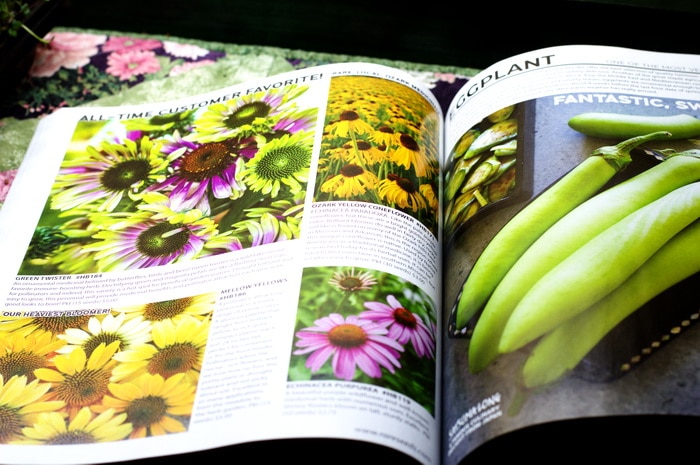
6) Seeds like onions, chives, and corn have a 1-year shelf life. Buy just enough for this year’s garden.
7) Store all seeds in a cold, dry place, to protect their vitality. Your freezer is a great place if the temperature is stable. For seed storage, I use a plastic photo-storage box under my bed in our unheated bedroom. It is cool enough and dark enough that the seed remains viable for many years stored this way.
8) If you have seed leftover from last year you may not need to purchase fresh seed. Test the seed germination following this tutorial.
9) Consider starting some plants in pots and transplanting out rather than planting more seed than you need and thinning out excess plants.
10) Each vegetable and herb variety has different requirements for when it grows best. Pay attention to the planting guide on the seed packet and choose the best time for those seeds so you don’t waste your time or your seed. For instance, many greens grow better in the cooler shoulder seasons and will bolt if the weather gets too hot. These are better planted in late summer for a fall harvest.
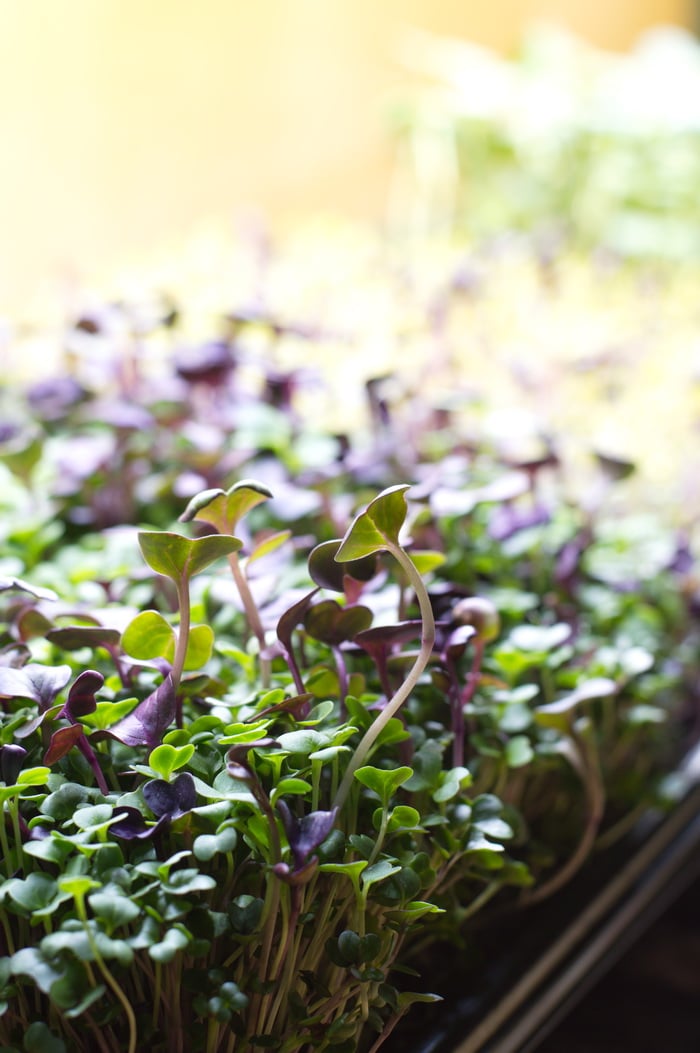
11) Don’t start plants too early. Most tender plants won’t need to be started until 6 to 8 weeks before your last frost date. For my readers in Canada, that means starting tomatoes, peppers, and onions no earlier than March 15 or even April 1st.
12) If your growing season allows it, do plan a winter garden and grow as much of your own food as possible. Winter gardens are planted with hardy plants like chard or kale, bok choy, or tatsoi, in late summer and then protected with a cloche from early frost until spring. While these gardens stop growing, in low light conditions, they continue to be harvested well into winter, even under the snow.
If we all work together to protect the seed supply there will be enough for everyone and new gardeners won’t become discouraged because of seed shortages. For more about choosing seeds this year, check out my Facebook live presentation here.


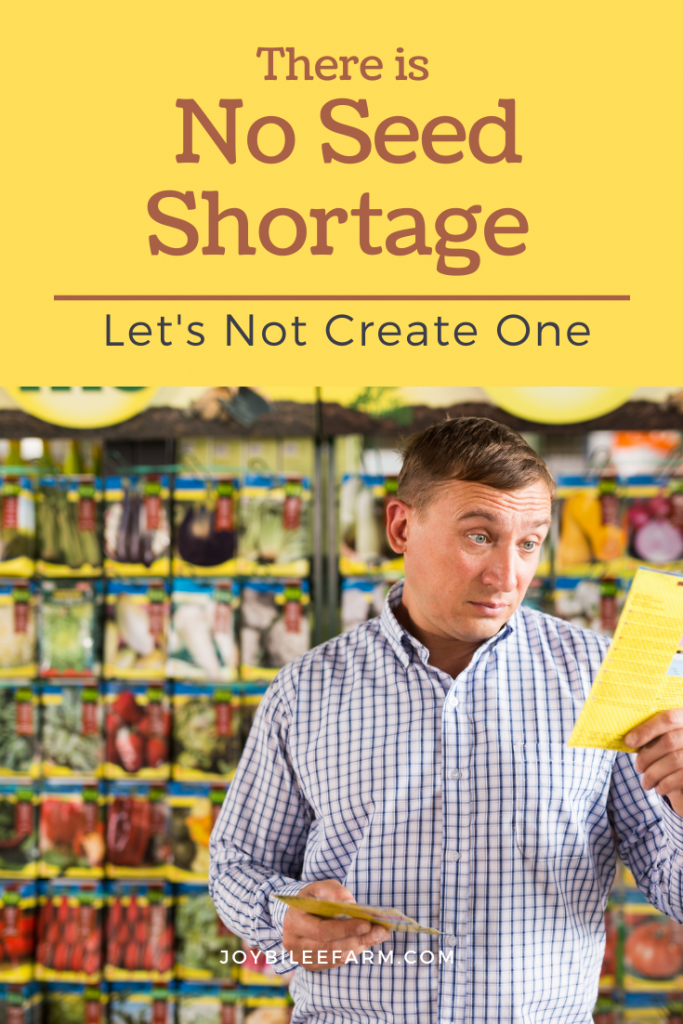
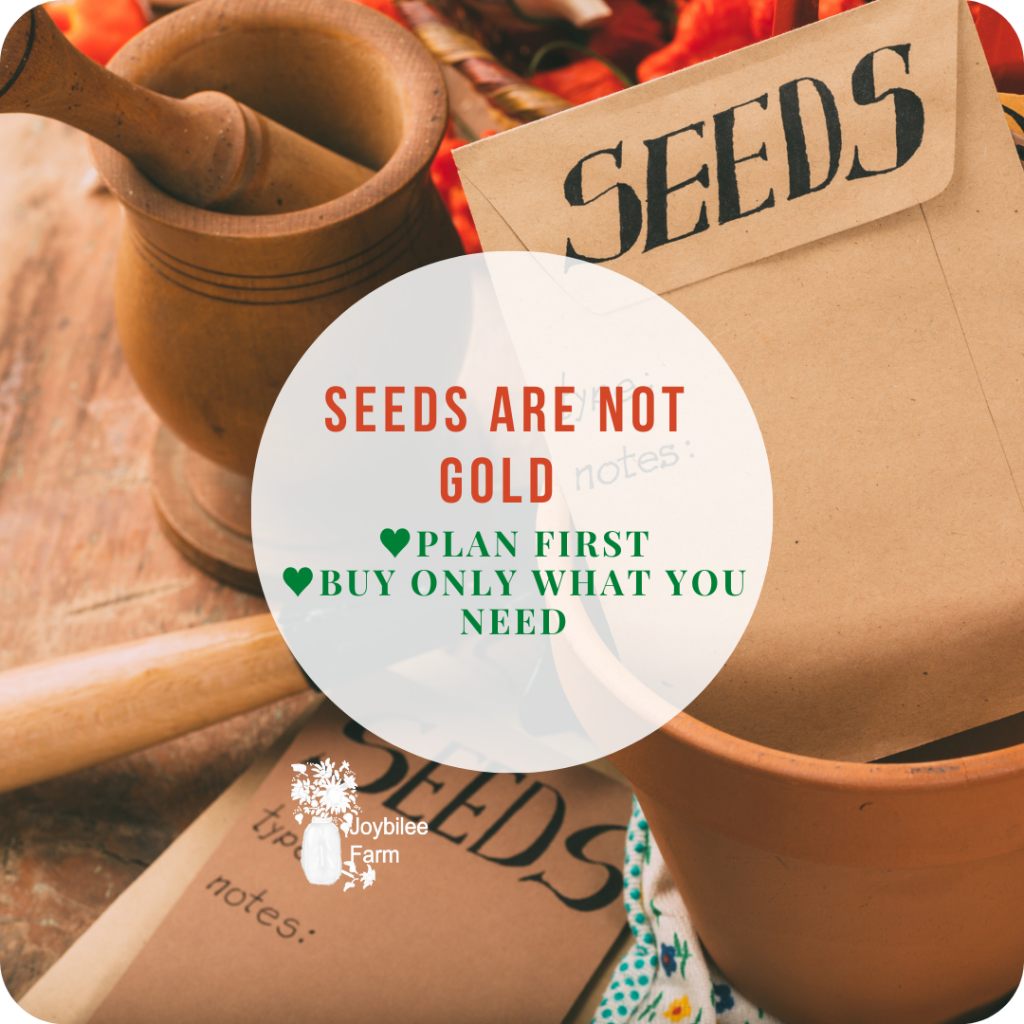
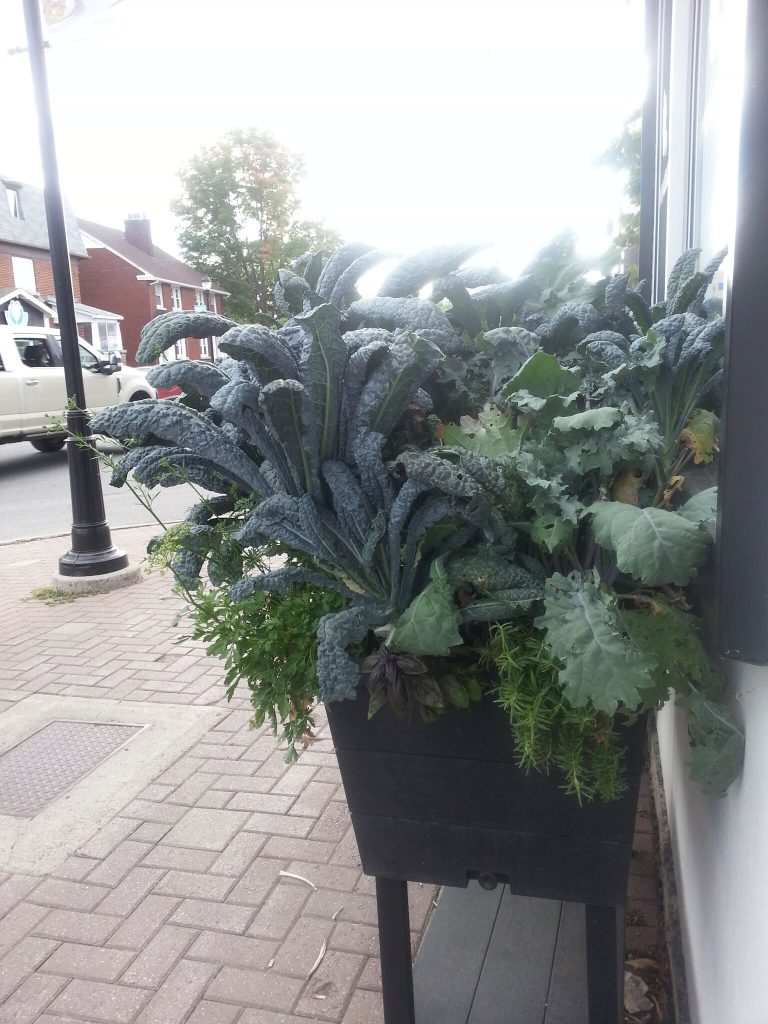

After last year’s seed shortage, the husband and I decided to at least try saving some seeds. As an experiment, I took a dried bean pod from a part of the garden we hadn’t used in a couple of years. I wrapped the 5 seeds in a wet paper towel, put them in a dish on the kitchen counter, and waited. Guess what? All 5 sprouted!